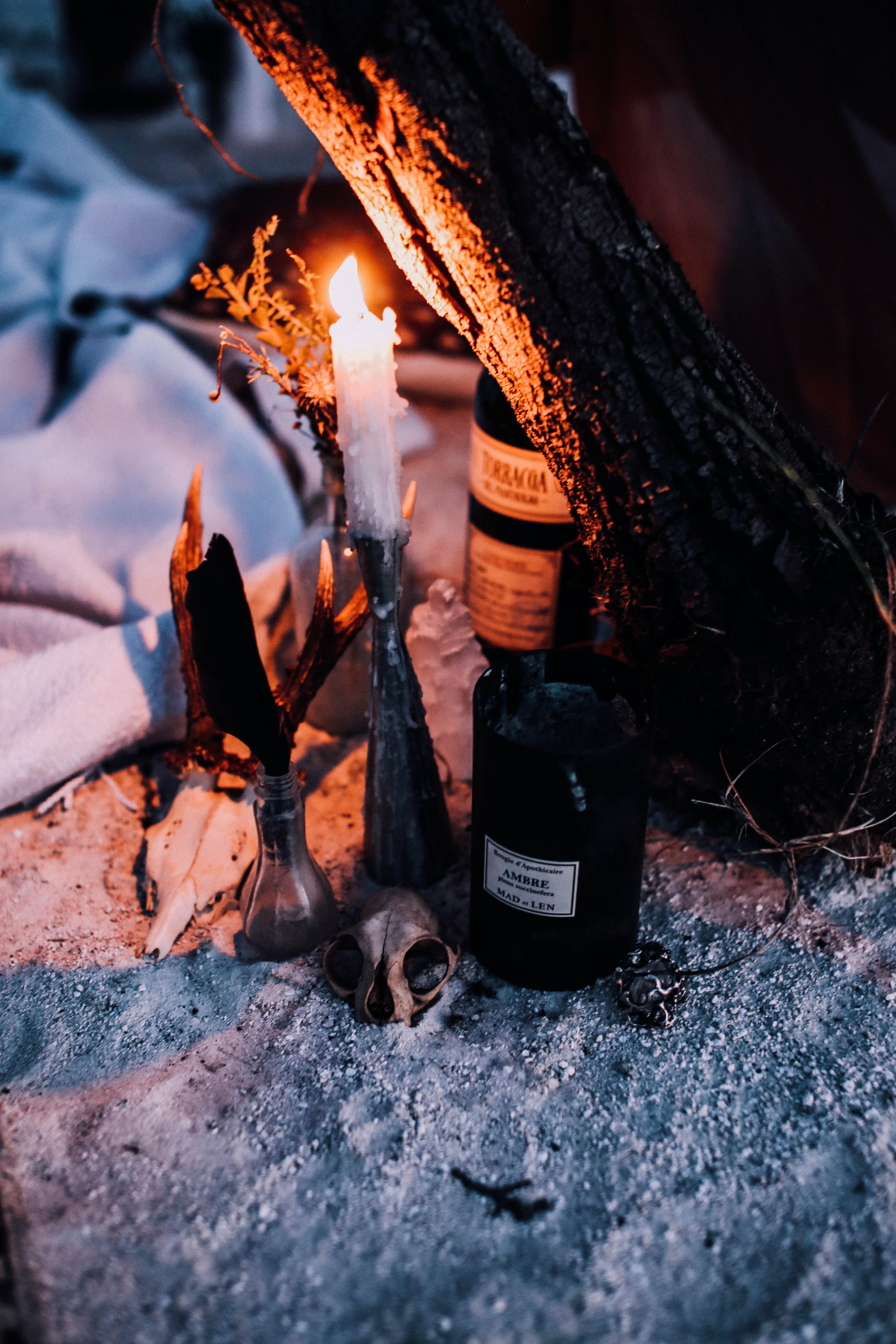By: Lana Shapiro
It happens every year, as soon as the leaves start turning fall colors - the shelves at most stores get stocked with candy, costumes, and everything pumpkin. But Halloween is so much more than the commercialized holiday we know it today.
Origins of Halloween
Halloween, which gets its roots from the pagan festival of Samhain, is thought to date back over 2000 years. It began as one of the four Celtic traditions, celebrating different seasons throughout the calendar year. The festival began at sunset on October 31st and ended with sunrise on November 1st.
What made the festival of Samhain special was that it was the final harvest festival of the year. It marked the end of the growing period and the beginning of winter. Due to its transition into the dark and murky winter, many believed that during that time, the boundary between the living and the dead became blurry.
When Paganism
meets Religion
By the 9th century, most pagans embraced Christianity as their religion or blended it with Celtic beliefs. During that time, the Church, under the rule of the Roman Empire, made November 2nd - All Souls’ Day. This became known as the day to honor the dead, and may also have been an attempt to replace the old Pagan festival. Around the 11th century, the Church celebrated a 3-day festival, which began on October 31st and lasted until November 2nd. With the intention of fully eliminating the Pagan holiday, the Church added November 1st to its calendar as All Saints’ Day and November 2nd as All Souls’ Day.
All Saints’ Day is still celebrated to this day on November 1st, it was referred to as All-Hallows or All-Hallowmans, which means “All Saints’ Day” as translated from Middle English. Over time, the night before All Saints’ Day became known as All-Hallows’ Eve - to be celebrated on October 31st, the day of the original Celtic Festival.
While All Hallows’ Eve was primarily celebrated as a Catholic holiday, over time, Halloween gained commercial appeal, which allowed for it to be celebrated as a non-religious holiday by many different cultures and belief systems.
Spiritual Symbolism Behind Halloween
The original festival of Samhain was about celebrating
the cycle of death and re-birth. The death cycle is witnessed in nature constantly, but it is also
mirrored in all of us. Human beings go through their own process of shedding, releasing, and re-birthing, just as nature does.
Samhain was a time to honor the “deaths” that we have experienced throughout the year, release and make peace with all the things that no longer served us, and make room for new things birthing within us and around us.
It was believed that on 11/1, spiritual activity was at one of its highest points, mainly due to the rising of the Pleiades. Pleiades is a cluster of seven stars, also known as the Seven Sisters. In Celtic traditions, the Seven Sisters were linked to death, loss, and grief - but also believed to bring comfort to those in mourning. The Seven Sisters were also linked to the rising of feminine energy, which has the ability to bring healing and deep connections into our lives.
It was also believed that the veil between the living and the dead was thinnest at this time, due to the Sun’s position in the constellation of Scorpio. Scorpio is known for its deep intuitive energy and is associated with transformation, death, and re-birth.
In numerology, the number 111 is an angel number linked to protection, divine intervention, and angelic support. It is believed that on 11/1, our guardian angels and loved ones who have passed on to the spiritual realm, are all nearby and sending us messages.
Halloween is not a night to be feared, in its origins, it is a night of celebration. Mother Nature is ever evolving, around us and through us. Energy can never be destroyed; it shifts from one form to another and that is exactly what we honor and celebrate during the sacred time of Samhain.

